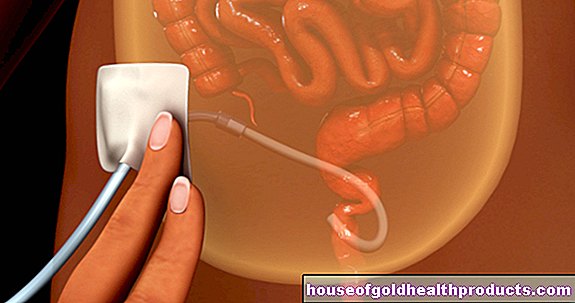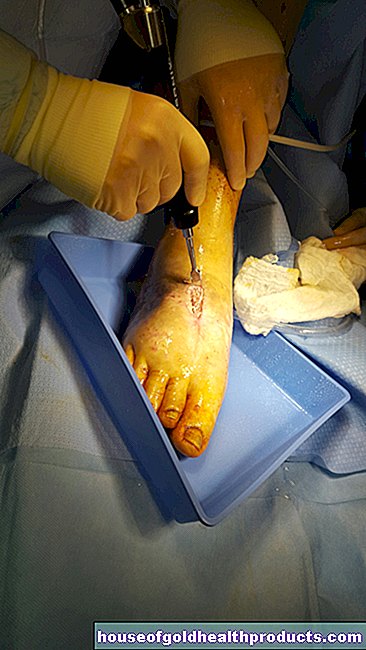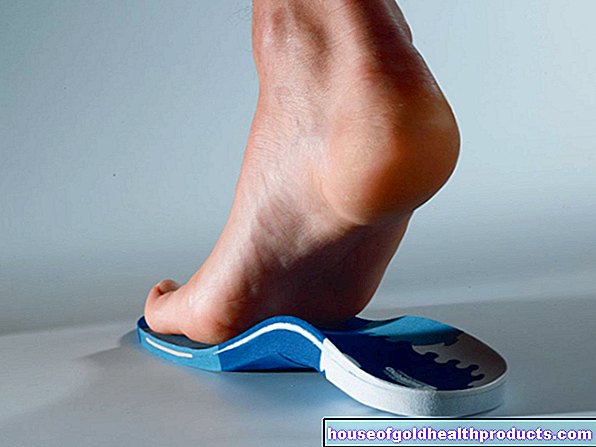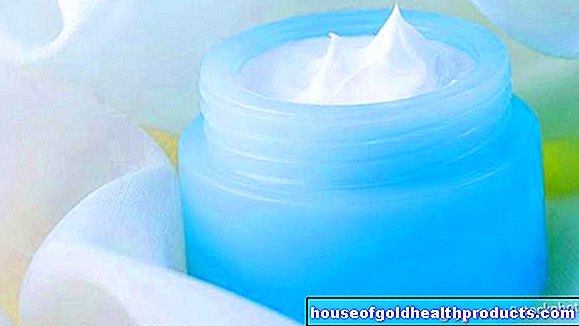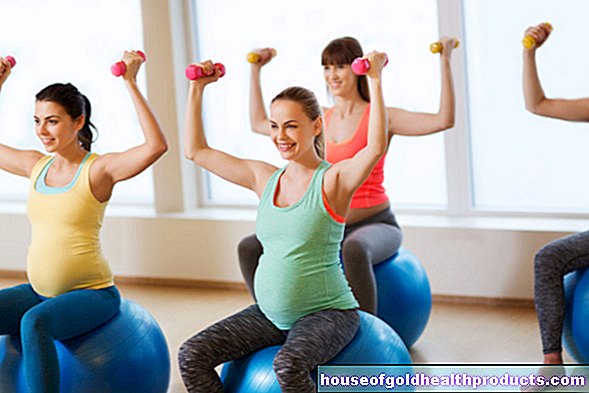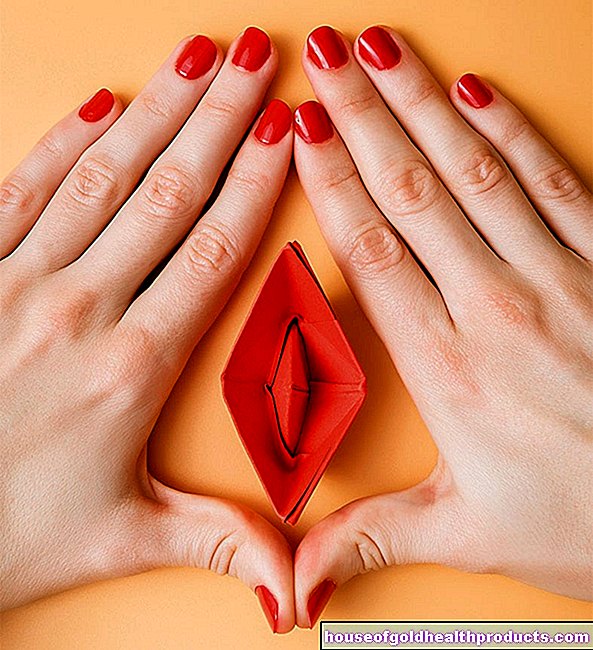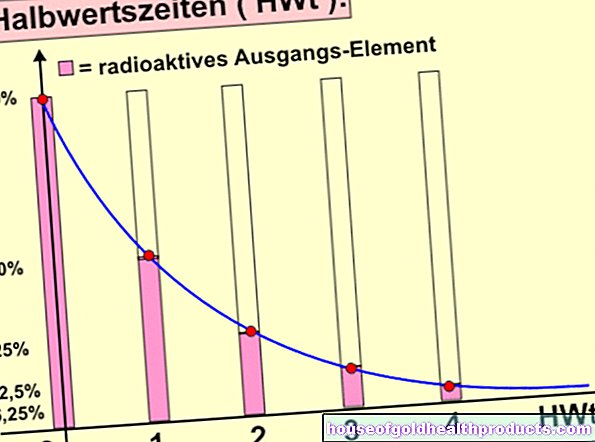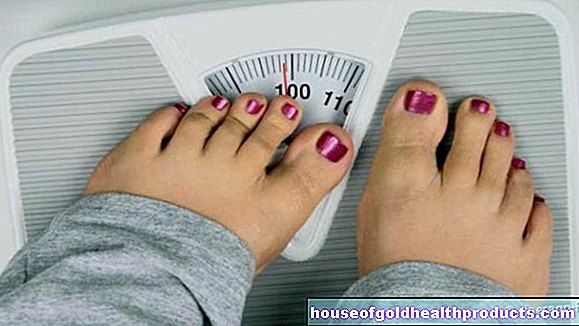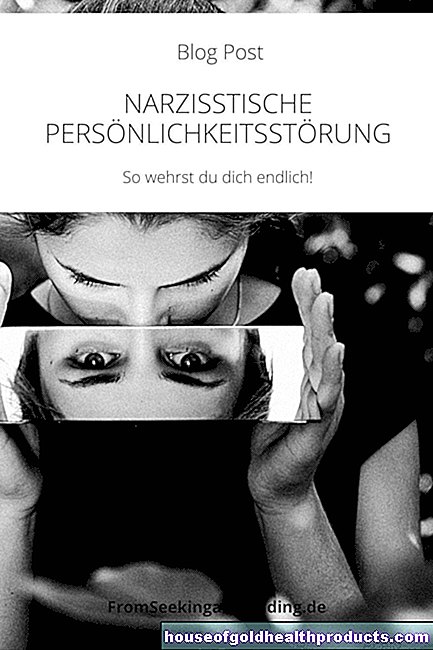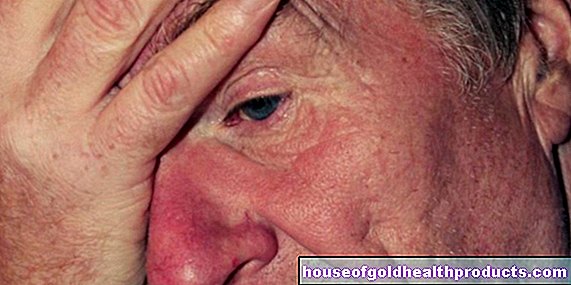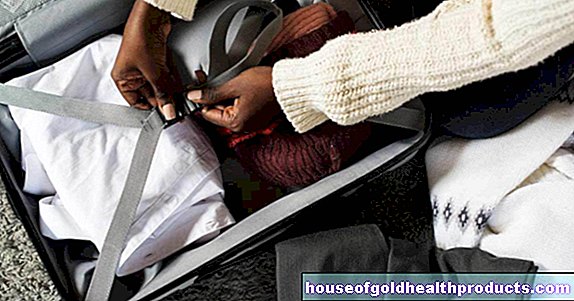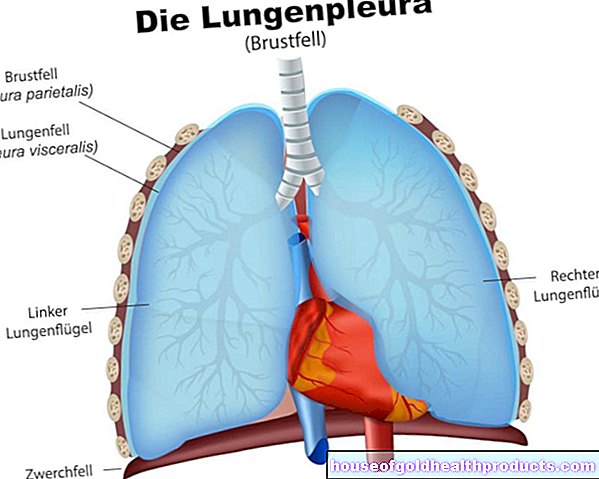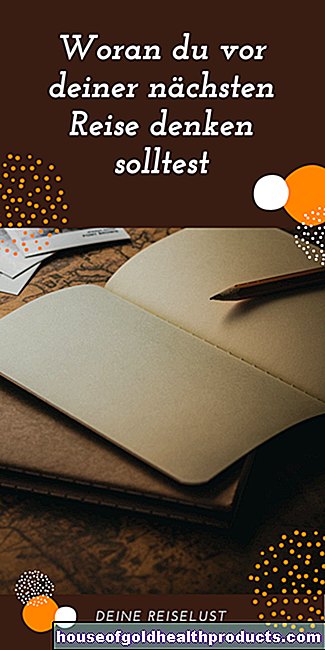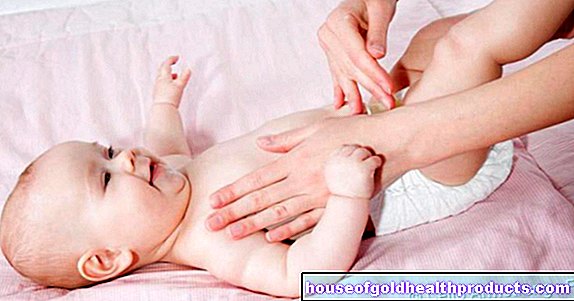Sunscreen: users overestimate the protective effect
Christiane Fux studied journalism and psychology in Hamburg. The experienced medical editor has been writing magazine articles, news and factual texts on all conceivable health topics since 2001. In addition to her work for, Christiane Fux is also active in prose. Her first crime novel was published in 2012, and she also writes, designs and publishes her own crime plays.
More posts by Christiane Fux All content is checked by medical journalists.Anyone who uses sun lotion thinks they are on the safe side when it comes to skin protection. In fact, many users still suffer from skin damage. The problem is incorrect application.
Hardly anyone applies sun protection products as lavishly as recommended by the manufacturer. It should be at least two milligrams per square centimeter. If you use less cream, the sun protection factor drops rapidly.
Simulated everyday test
Researchers from King's College London have now investigated the damage that economical creaming can cause. "So far, there has been no data on how sunscreen protects when it is used in everyday life," the researchers write. The results show that even Sun milk with a high sun protection factor of 50 only develops 40 percent of its protective effect if it is applied in the generally economical manner.
Sun protection in the application test
For the investigations, the scientists led by Prof. Antony Young had recruited 16 fair-skinned women and men. In eight of them, they applied a product with a high sun protection factor in different strengths: 0.75 milligrams, 1.3 milligrams and the recommended 2 milligrams per square centimeter of skin.
The areas protected in this way were then irradiated with artificial sunlight with a strength of 30 SED. As a control, an untreated section of skin received a significantly lower radiation dose of 4 SEDs.
What happens on a beach holiday?
The other eight participants took artificial sunbaths on five consecutive days, which was supposed to simulate a typical beach holiday. With these participants, too, sunscreen with a high sun protection factor was tested in the three different amounts. The UV radiation was 15 or 30 SED. An untreated control section of the skin received a radiation dose of only 1 SED per day.
Small skin samples were then taken from the test subjects in order to examine them for DNA damage.
Skin that was protected with 2 milligrams of sunscreen per square centimeter showed significantly less DNA damage compared to unprotected areas - although the latter had received a significantly lower radiation dose.
0.75 milligrams are not enough
Even with an amount of 1.3 milligrams per square centimeter, the protective effect was still clearly recognizable. On the other hand, 0.75 milligrams of sunscreen had hardly any effect compared to less irradiated, unprotected skin.
The following result shows that careful sun protection also works on a holiday lasting several days: Even after five days of UV radiation, the best protected areas of the skin showed less damage than after a one-day, low dose on unprotected skin.
Choose higher light protection
“There is no doubt that sunscreen provides important protection against cancer-causing UV rays. Our study shows, however, that the type of application plays a central role in how effective it is, ”says study leader Young. Even so, most people did not use suntan lotion as recommended by the manufacturers. "You should therefore choose a significantly higher sun protection factor than you think you need," says the researcher.
Tags: healthy feet laboratory values medicinal herbal home remedies
